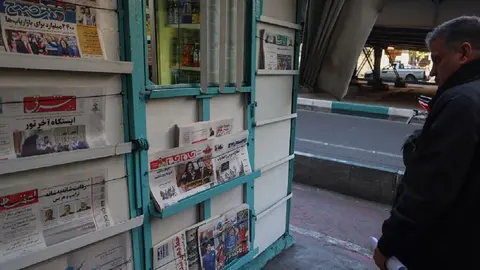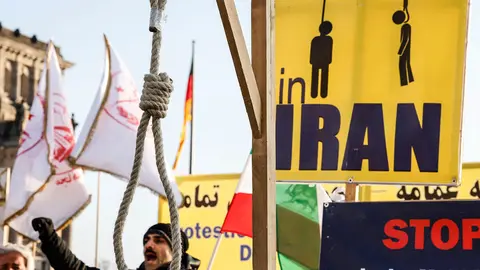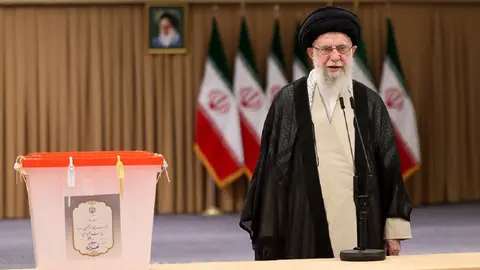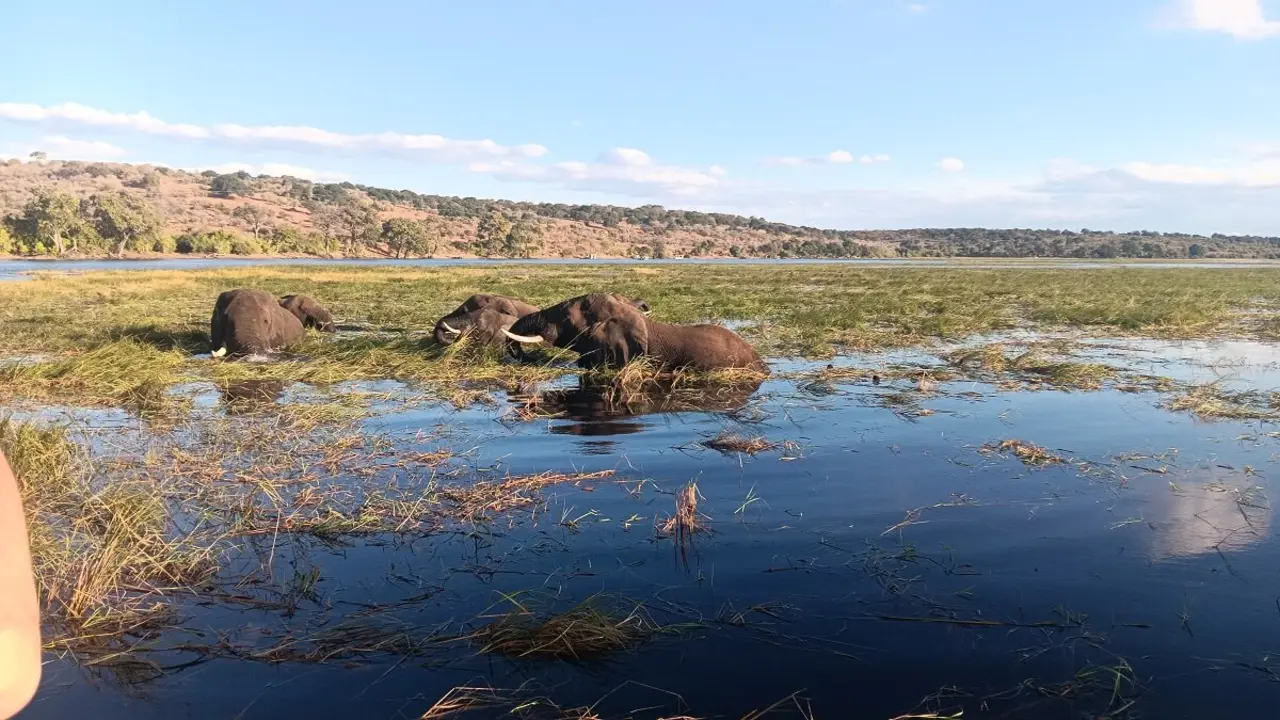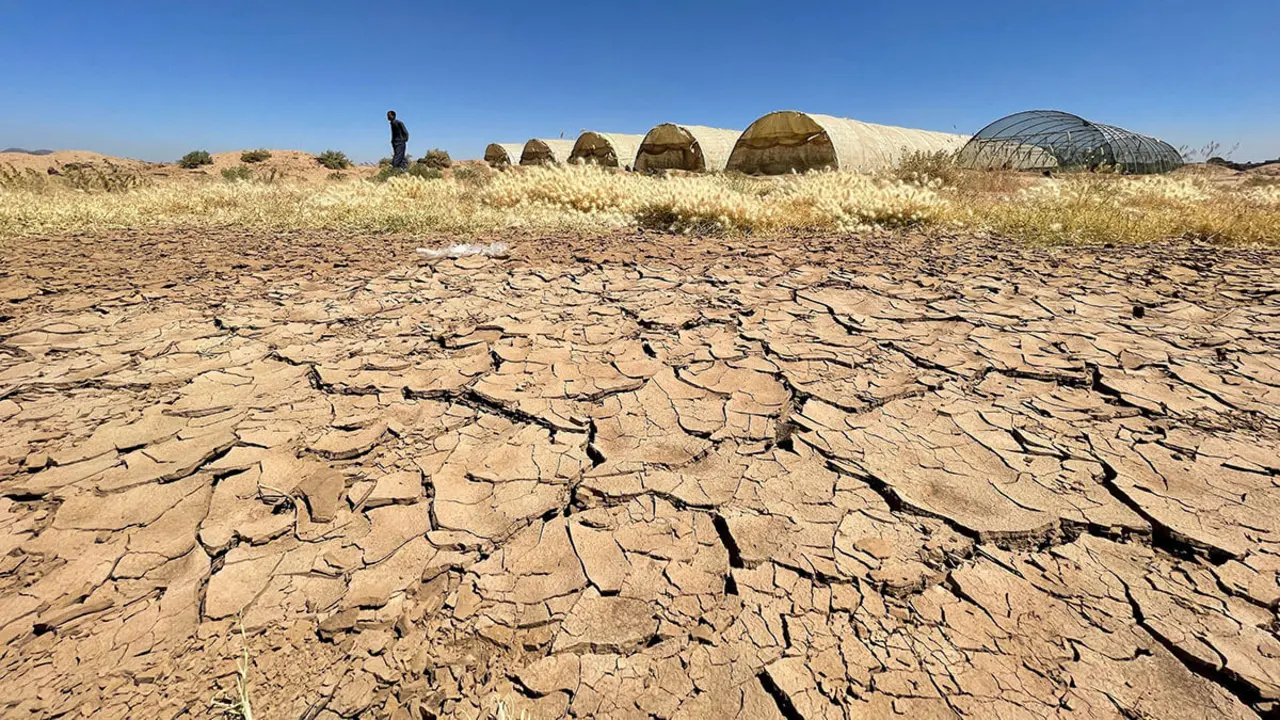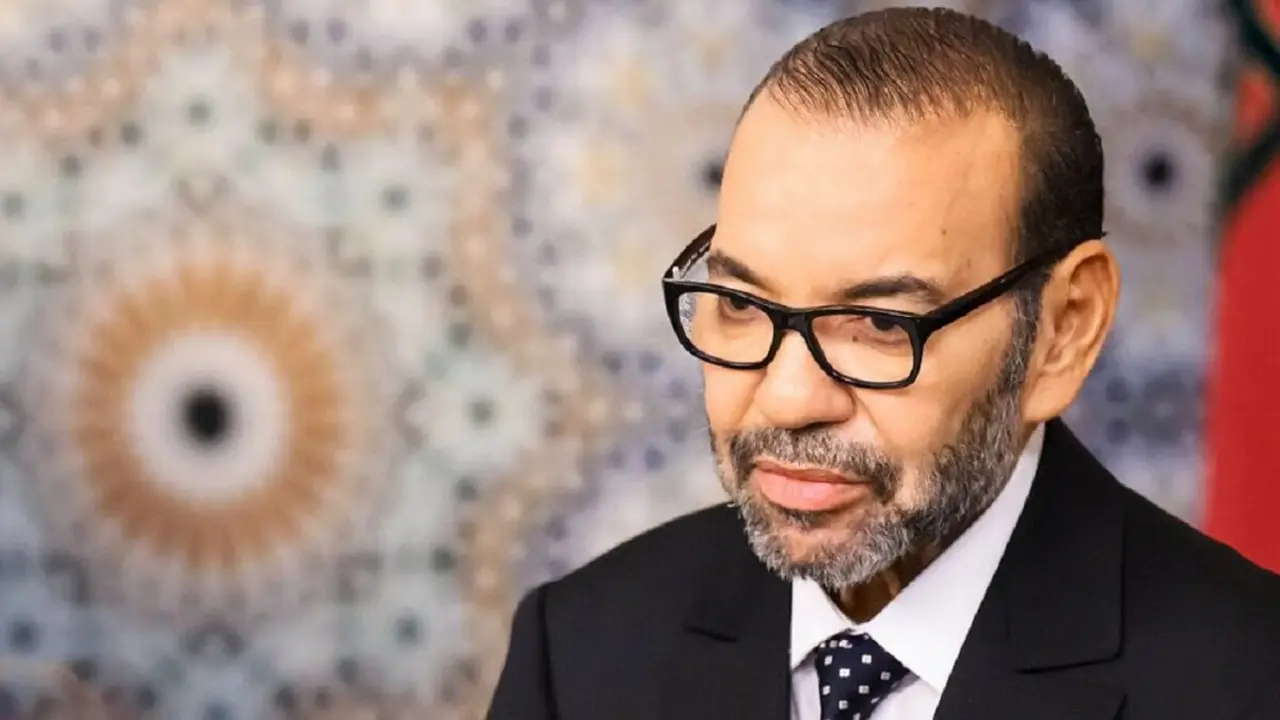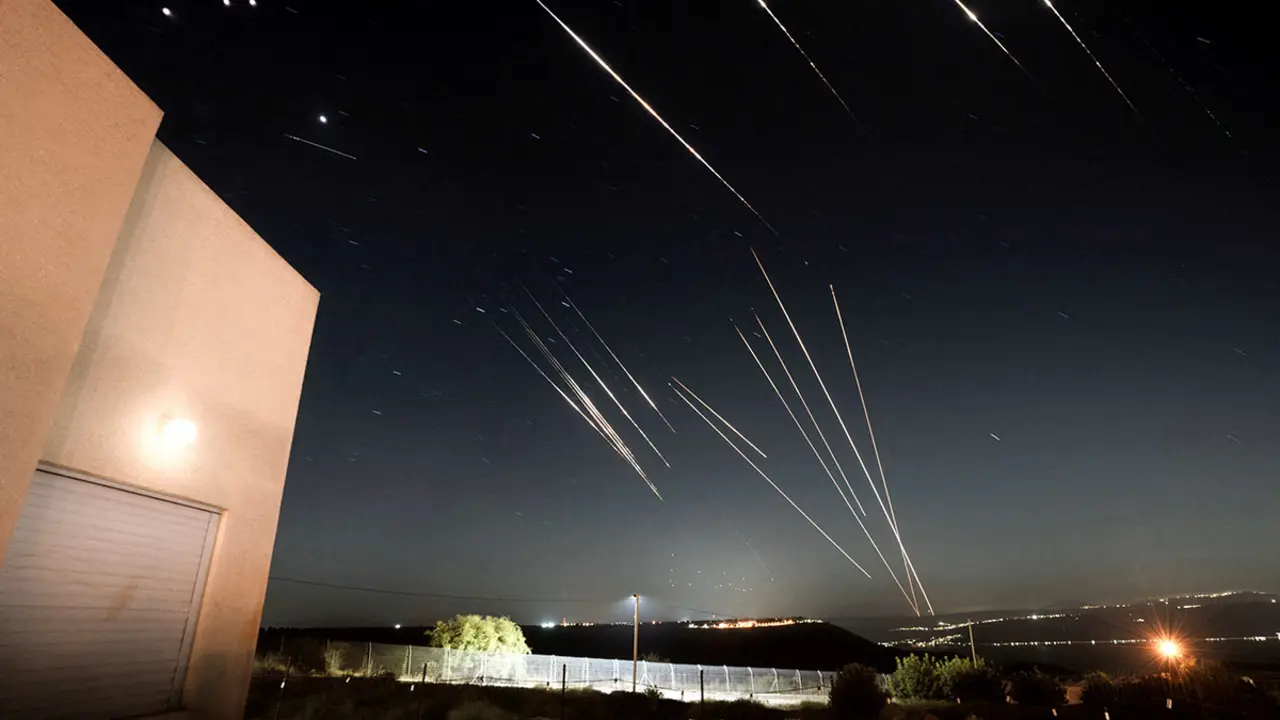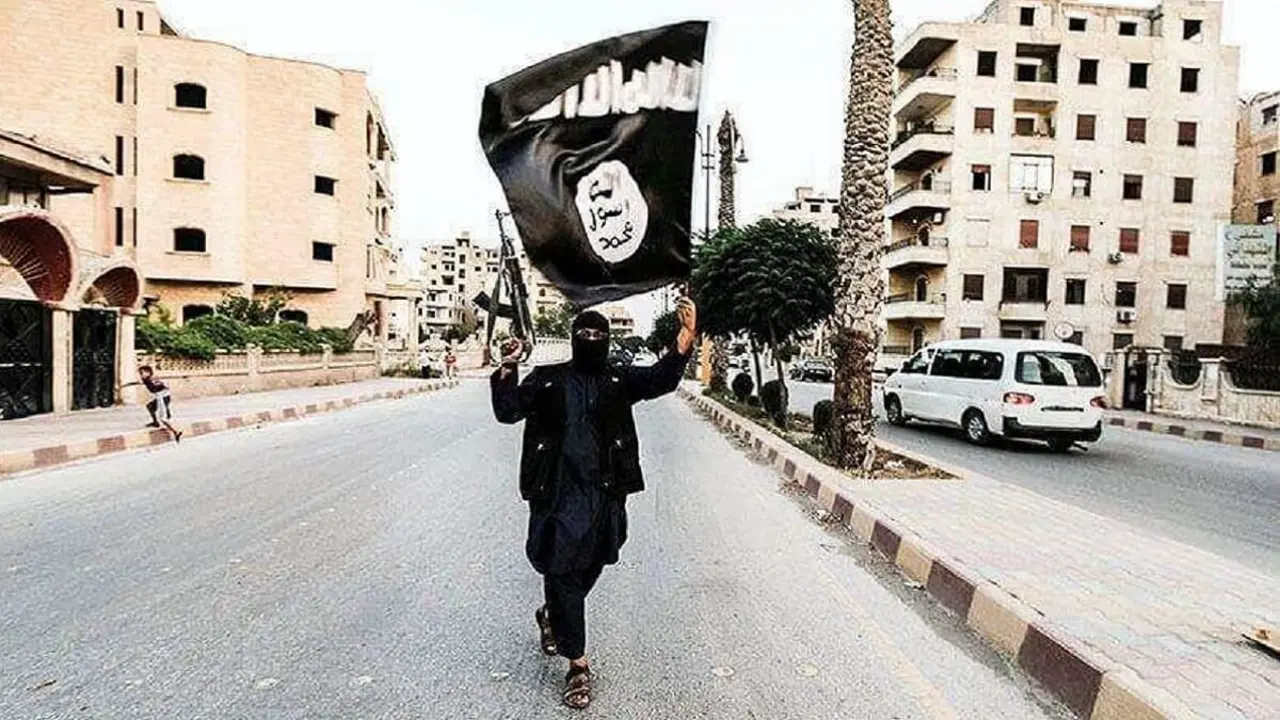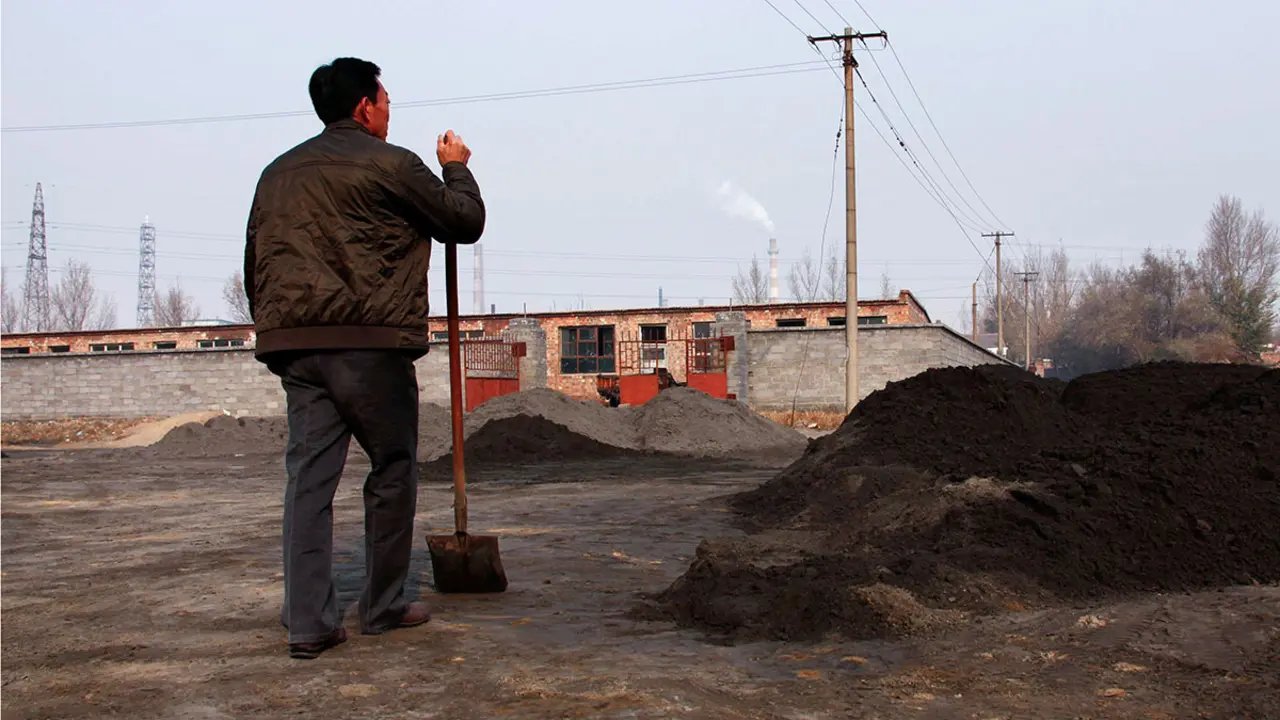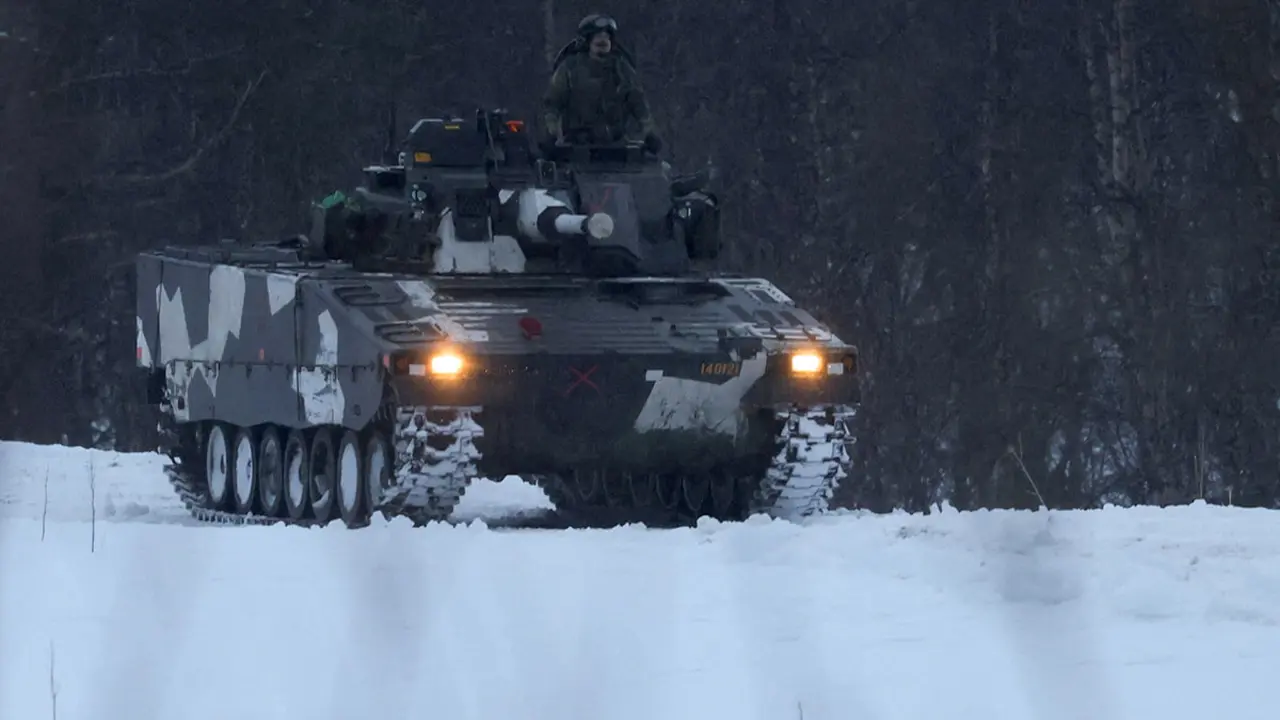Ali Khamenei's health creates uncertainty over Iran's future
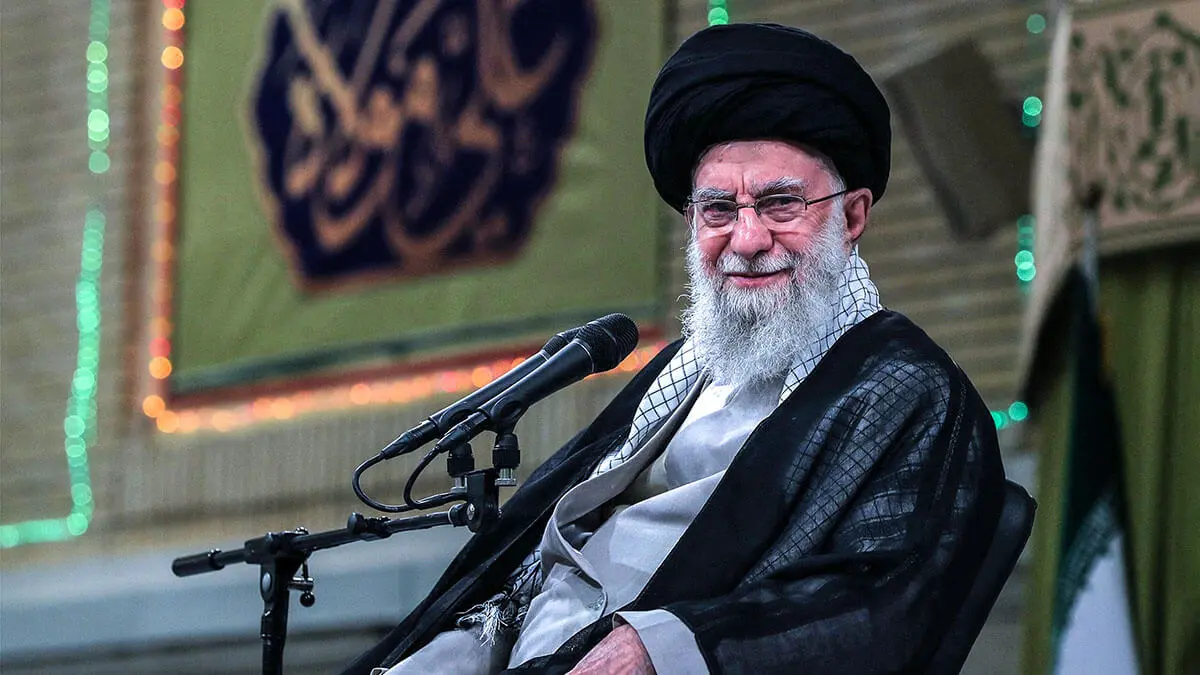
- Mojtaba Khamenei is emerging as a possible successor
- Regime change?
- Ekbatan case' continues to expose the regime's brutal repression
Amid rumours about the state of health of the supreme leader of the Islamic Republic of Iran, Ayatollah Ali Khamenei, Iranian state media have published a picture of Khamenei with the Iranian ambassador to Lebanon in order to refute speculation that began after an article in The New York Times.
According to the US newspaper, the Iranian supreme leader is ‘gravely ill’, raising the possibility that his son, Mojtaba Khamenei, could succeed him. Rumours also began to circulate that Khamenei, 85, had fallen into a coma.
Khamenei's health has been the subject of speculation for two decades, with persistent rumours about his health and possible succession. The Iranian authorities have consistently rejected these claims, often releasing photographs to deny them, as was the case during the recent meeting with the ambassador in Beirut.
Khamenei has served as Iran's supreme leader for almost three decades. Although his role is primarily spiritual, he wields considerable power, with authority over key issues such as foreign policy and the country's nuclear programme.
For this reason, while many speculate about Khamenei's successor, the main concern centres on the nature of the impending political transition. ‘The future of the Islamic Republic of Iran is an unknown,’ political analyst Daniel Bashandeh tells Atalayar.

‘One of the key questions is how Khamenei's succession will be handled and how the population will respond. There is no consensus on who will be the next leader of the revolution’, says Bashandeh, who points out that Khamenei has amassed a lot of power over the decades, and that ‘a new leadership that brings that power together could be problematic’.
On the other hand, Bashandeh qualifies that Iran's political future will be conditioned by the international context. ‘The role of the US and Russia will be decisive. If Iran continues with foreign interference, especially sanctions, the chances of democratic development in the country are nil and will favour the cohesion of the regime’, he says.
For Bashandeh, the key is to ‘balance and guarantee the existing quotas of power, especially that of the Islamic Revolutionary Guard Corps. It also remains to be seen whether the institution of the Supreme Leader will be changed or not,’ he adds.
In this regard, the political analyst asserts that the Islamic Republic can have continuity ‘beyond the institution of the Supreme Leader’. ‘Today, the institution of the Supreme Leader is the big problem for political reform in the country. If Khamenei's son is elected, we would be talking about the beginning of a family lineage that goes against the principles of the Islamic Republic,’ he explains. Some clerics have rejected the idea of dynastic succession as un-Islamic, comparing it to monarchy.
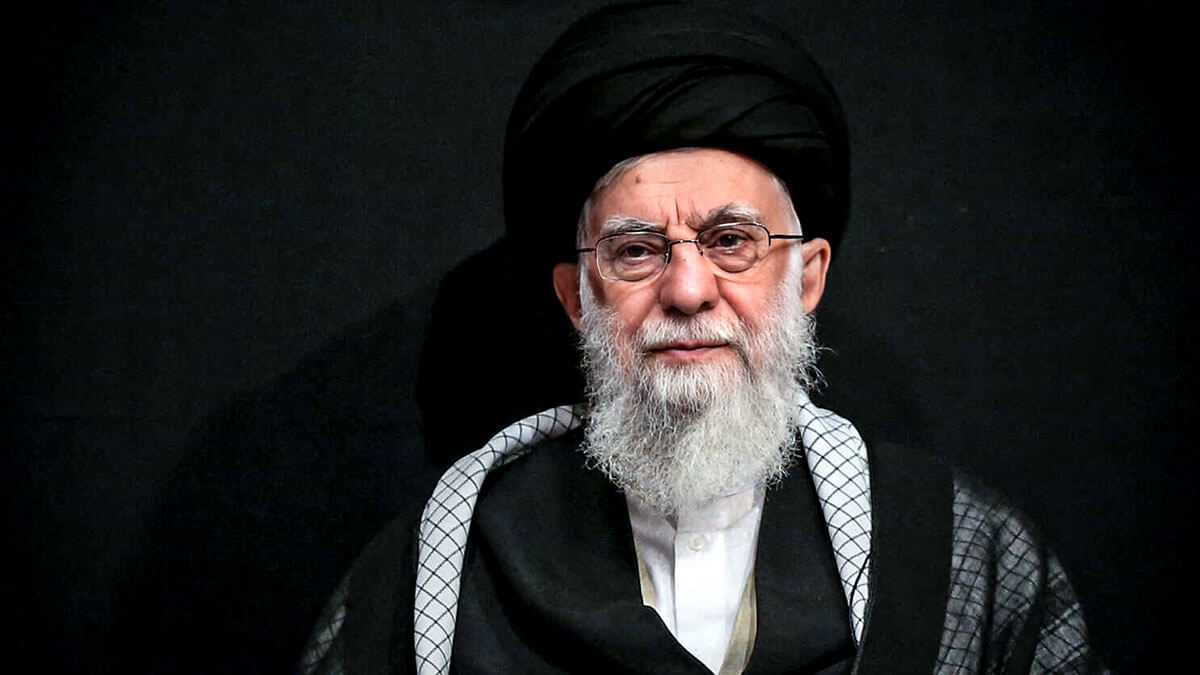
Mojtaba Khamenei is emerging as a possible successor
According to Iran International, the Assembly of Experts, a clerical body tasked with appointing a new supreme leader after the death or incapacity of the incumbent leader, has reportedly secretly nominated Mojtaba Khamenei, the supreme leader's second son, as his successor.
This would be a controversial choice as Mojtaba not only lacks the prestige of the grand ayatollahs or even many ordinary ayatollahs, but would be seen by most Iranians as a sign that the Islamic Republic has become a monarchy in all but name, writes Michael Rubin in Middle East Forum.
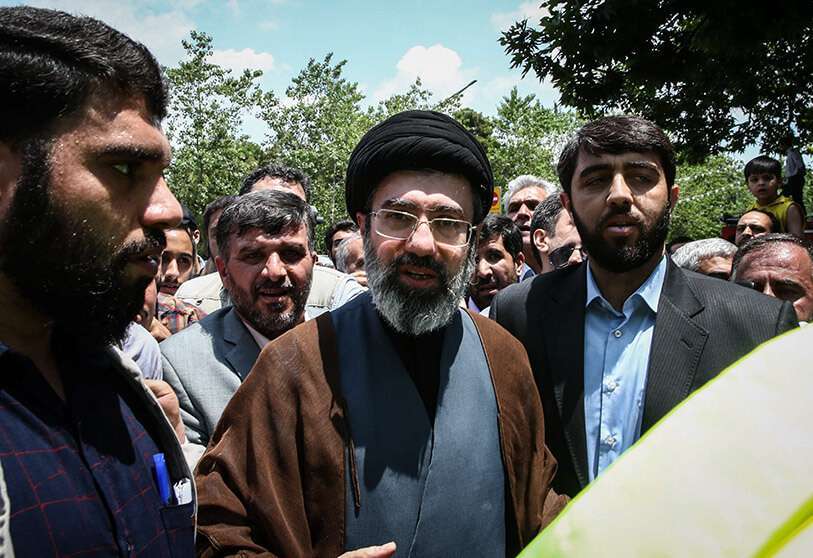
‘The implications of a Mojtaba succession are great,’ Rubin points out, citing his lack of religious qualifications. However, this may be precisely what the Islamic Revolutionary Guard Corps is seeking. ‘While the IRGC may not want outright military dictatorship, it may believe it can absolutely rule behind a clerical façade that Mojtaba can provide,’ he adds.
Khamenei's son maintains close ties to the Iranian Revolutionary Guard. In 2019, the US accused him of working closely with the IRGC and the Basij, a volunteer paramilitary force under the command of the IRGC, in order to support his father's destabilising regional ambitions.
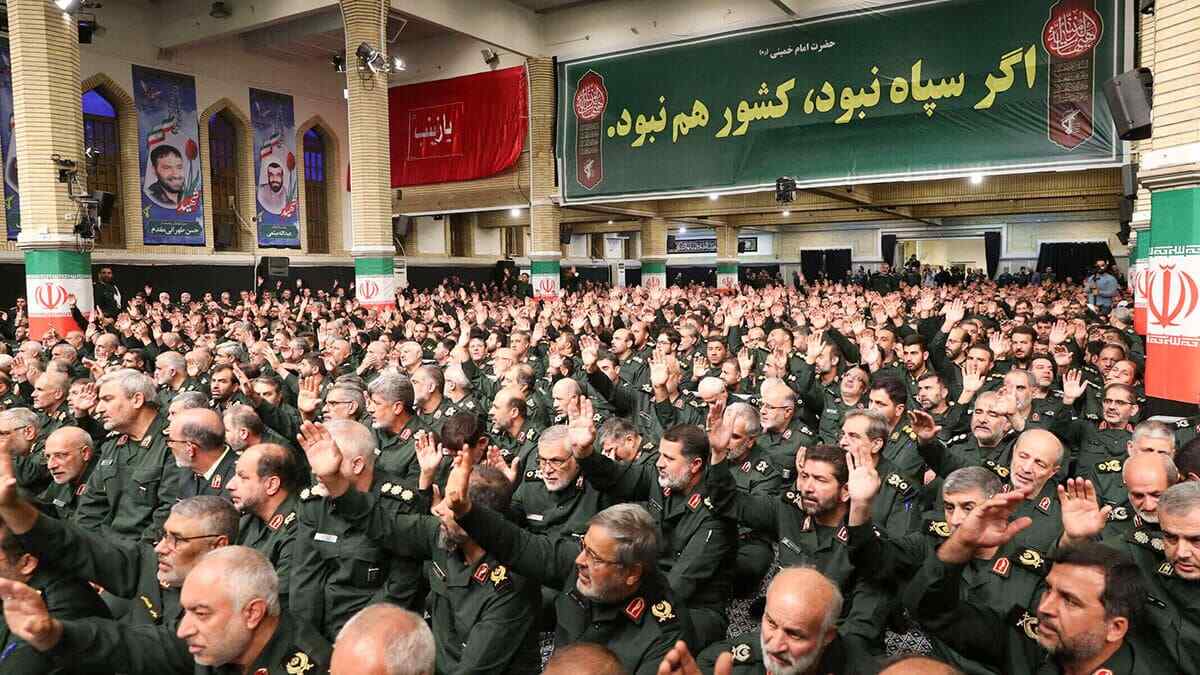
Mojtaba has also been accused of suppressing protests inside Iran. In 2009 he supported the violent crackdown on Green Movement protesters. The same happened during protests in 2022 following the death of Mahsa Amini, who was killed in custody after being detained by the morality police for not wearing her hijab correctly.
In addition to Mojtaba, other men have been mentioned as possible successors, such as cleric and politician Mohammad Mehdi Mirbagheri, cleric Ali Reza Arafi, former president Hassan Rouhani and former head of the judiciary Sadeq Larijani.
Regime change?
Against this backdrop, the possibility of regime change after Khamenei's death has even been raised. At this point, Iranian journalist and analyst Ashkan Safaei Hakimi - quoted by The Media Line - considers two main scenarios: one in which a new leader attempts to repair relations with the West - probably only creating the perception of reform - and another in which political instability triggers a popular uprising, which could lead to regime change.
This is coupled with widespread discontent within Iranian society over the lack of freedoms and opportunities, as well as the economic situation. In recent days there have been labour rights protests involving health workers, pensioners and public transport drivers to express their discontent with the economic and social policies of Masoud Pezeshkian's government.
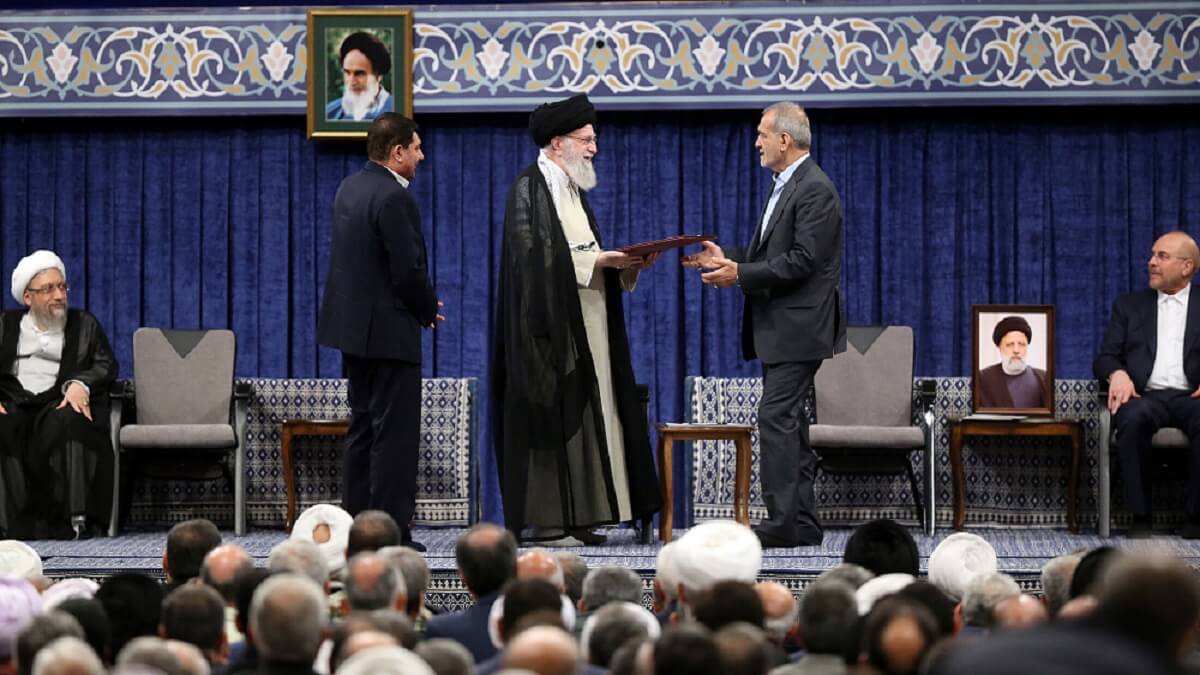
Daily power cuts of at least two to three hours have also been ordered in many regions and provinces of Iran due to the energy crisis, despite having the third largest oil reserves after Venezuela and Saudi Arabia and the second largest natural gas reserves in the world.
Amid widespread discontent, the regime increases its repression. Years after the start of the ‘Women, Life, Freedom’ protests, the authorities have sentenced to death six young men involved in the demonstrations ‘in a case marred by serious violations of due process, confessions tainted by torture, lack of evidence and violations of Iran's own laws’, as denounced by the Centre for Human Rights in Iran (CHRI).

Ekbatan case' continues to expose the regime's brutal repression
On 13 November 2024, Branch 13 of the Tehran Criminal Court handed down death sentences to six protesters (Milad Armoun, 26; Alireza Kafaei, 34; Amir Mohammad Khosheghbal, 26; Navid Najaran, 32; Hossein Nemati, 27; and Alireza Bamerzpournak, 28) on alleged charges of ‘participation in murder and intentional assault’ in connection with the killing of a Basij militia member during protests at the Ekbatan housing complex in Tehran in October 2022.
‘The six protesters in the Ekbatan case join many others in Iran whose lives hang in the balance, having been stripped of all due process rights, forced to make false confessions and tortured,’ says CHRI executive director Hadi Ghaemi, who urges the international community ’to impose harsher diplomatic and economic consequences on Iran before sending more young men and women to the gallows.’
Please keep talking about the #EkbatanBoys - 6 young Iranian men who have been sentenced to death by hanging following nationwide protests in 2022.
— Elica Le Bon الیکا ل بن (@elicalebon) November 17, 2024
They were charged with “Moharebeh,” (“waging war against God”) and accused of killing a Basij officer that was shooting at… pic.twitter.com/iXUXmolPnM
This condemnation comes just weeks after the execution of Jamshid Sharmahd, an Iranian-German citizen and US resident. The abduction of foreign and dual nationals by the Iranian regime, which tries to use them as bargaining chips to obtain concessions from other countries, including France, the United States, Germany, Sweden and Canada, is common.
I am sick. My heart is shattered. The Islamic regime in Iran has executed Jamshid Sharmahd, a German citizen, resident of the United States and father of two.
— Emily (@emilyshar1) October 28, 2024
Jimmy Sharmahd was kidnapped in the UAE by the Islamic regime, and held hostage in Iran, and now executed. His brave… pic.twitter.com/t2ix171BZp
Sharmahd, 69, was abducted by Islamic Republic agents in 2020 in the United Arab Emirates and forcibly taken to Iran, where he was subjected to torture and ill-treatment, including prolonged solitary confinement, forced confessions and denial of critical medical care despite suffering from Parkinson's and other serious health conditions.
He was sentenced to death on the charge of ‘corruption of the land’, a political charge used by the Islamic Republic to prosecute dissidents and critics of the state, and accused of ‘planning and directing terrorist acts’ after a trial that was based on confessions obtained under torture.


